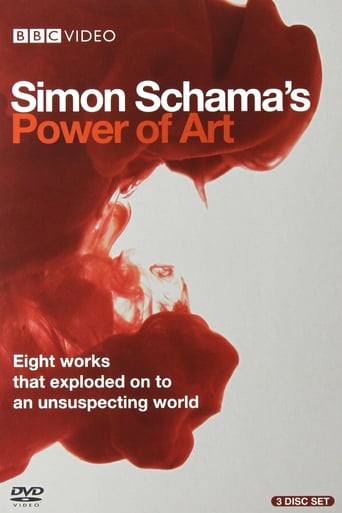
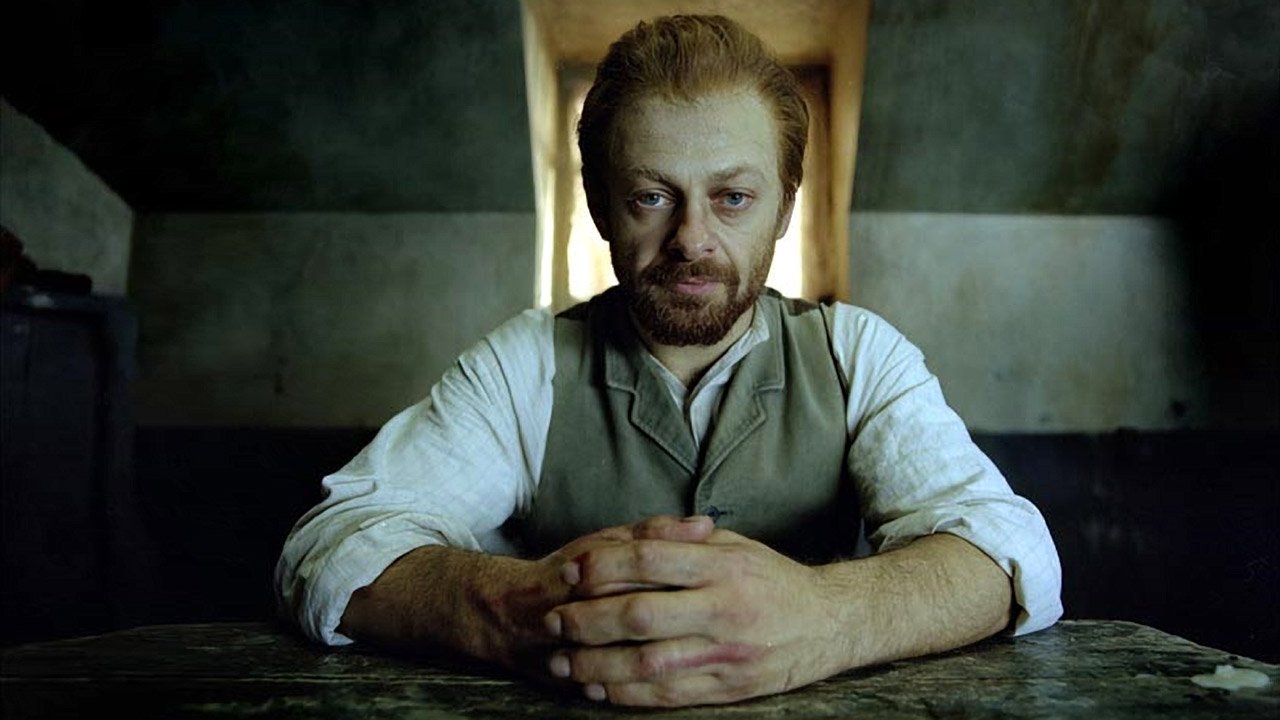
Documentary series in which historian Simon Schama recounts the story of eight moments of high drama in the making of eight artistic masterpieces.
 AD
AD
All Prime Video
Cancel anytime

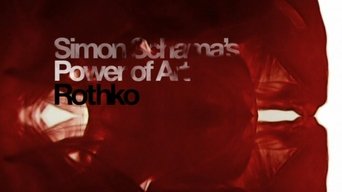
Born in Dvinsk, Russia (now Daugavpils, Latvia) Rothko moved with his family to Portland, Oregon in 1913. His painting education was brief - he moved to New York to study under the artist Max Weber and then struck out on his own. Rothko is known for his abstract expressionism paintings, but he moved through more traditional styles in his early career, including Surrealist paintings in the 1940s. In 1947 he embarked on the first of his large abstract 'colour-field' paintings, formalising their structure further in the 1950s. Rothko had huge success with largescale solo shows, but committed suicide in 1970.
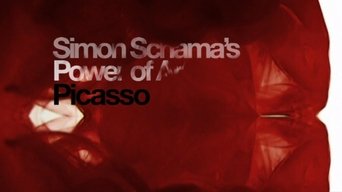
Born in Malaga, Spain, Picasso's many styles and prolific work rate have marked him out as one of the most recognised artists of the twentieth century. Not limited to one medium he created sculptures, etchings and prints. His artistic career only began to boom once he moved to Paris in the early 1900s. His Blue Period, reflecting the colour and his mood at the time was followed by his Rose Period, work inspired by primitive art and then Cubism, which shocked the critics, but ultimately made his name. Guernica (1937) was created during Picasso's Surrealist period and captures the horror of the bombing of the Basque town of Guernica during the Spanish Civil War. By the end of World War II, Picasso had become an internationally known artist and celebrity.

Born in Groot-Zundert, The Netherlands, Van Gogh spent his early life as an art dealer, teacher and preacher in England, Holland and Belgium. His period as an artist began in 1881 when he chose to study art in Brussels, starting with watercolours and moving quickly on to oils. The French countryside was a major influence on his life and his early work was dominated by sombre, earthy colours depicting peasant workers, the most famous of which is The Potato Eaters, 1885. It was during Van Gogh's studies in Paris (1886-8) that he developed the individual style of brushwork and use of colour that made his name. In 1888 he moved to Arles where the Provençal landscape provided his best-known subject matter. However, it also marked the start of his mental crisis following an argument with his contemporary Paul Gauguin. Van Gogh was committed to a mental asylum in 1889 where he continued to paint, but he committed suicide in 1890.
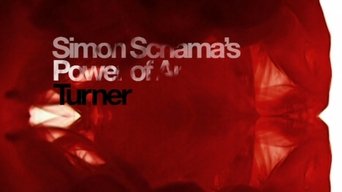
One of Britain's most celebrated artists, Turner showed exceptional artistic talent from an early age and entered the Royal Academy aged fourteen. His English landscapes made his name but there was a darker side to his paintings that was difficult for the critics to swallow, both in the increasingly informal use of paint and the subject matter that was critical of the romanticised vision of Britain in the late nineteenth century. Turner bequeathed 300 of his paintings and 20,000 watercolours and drawings to the nation. He led a secretive private life. He never married, but had a mistress and fathered two children. He died in a temporary lodging in Chelsea, under the assumed name of Booth.
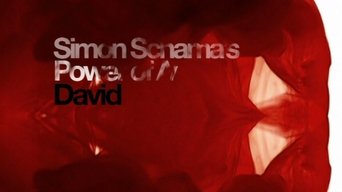
Born to a wealthy Parisian family, Jacques-Louis David was aged seven when his father was shot dead in a pistol duel. Brought up by his uncles, his desire was to paint and he was eventually sent to his mother's cousin, Francois Boucher, the most successful painter in France at the time. Painting became an important means of communication for David since his face was slashed during a sword fight and his speech became impeded by a benign tumour that developed from the wound, leading him to stammer. He was interested in painting in a new classical style that departed from the frivolity of the Rococo period and reflected the moral and austere climate before the French Revolution. David became closely aligned with the republican government and his work was increasingly used as propaganda with the Death of Marat proving his most controversial work.
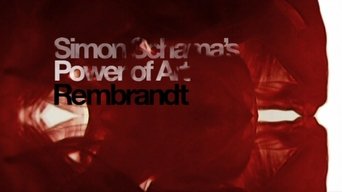
Born to a family of millers in Leiden, Rembrandt left university at 14 to pursue a career as an artist. The decision turned out to be a good one since after serving his apprenticeship in Amsterdam he was singled out by Constantijn Huygens, the most influential patron in Holland. In 1634 he married Saskia van Uylenburgh. In 1649, following Saskia's death from tuberculosis, Hendrickje Stoffels entered Rembrandt's household and six years later they had a son. Rembrandt's success in his early years was as a portrait painter to the rich denizens of Amsterdam at a time when the city was being transformed from a small nondescript port into the economic capital of the world. His historical and religious paintings also gave him wide acclaim. Despite being known as a portrait painter Rembrandt used his talent to push the boundaries of painting. This direction made him unpopular in the later years of his career as he shifted from being the talk of the town to becoming adrift in the Amsterdam art scene and criticised by his peers.

Born in Naples, Bernini was an exceptional talent from an early age and went on to dominate the art world of 17th century Rome. His work epitomised the Baroque style and his sculpture, church interiors and exteriors and town planning could be seen everywhere. He was also a painter, playwright, costume and theatre designer. Bernini worked under successive Popes; Pope Gregory XV made him a knight and Pope Urban VIII took him as his best friend. He was revered in his time until a jealous rage caused him to have the face of his mistress slashed after discovering her romance with his brother. His reputation fell further after his bell towers for the Cathedral of St Peter's started cracking in 1641. He redeemed himself and kick started his career again with arguably his most famous work, The Ecstasy of St Theresa, in 1652.
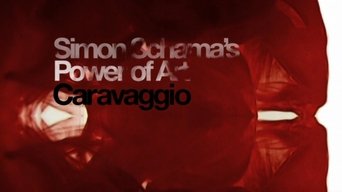
Michelangelo Merisi left his birth town of Caravaggio in the north of Italy to study as an apprentice in nearby Milan. In 1593 he moved to Rome, impatient to use his talents on the biggest stage possible. Caravaggio's approach to painting was unconventional. He avoided the standard method of making copies of old sculptures and instead took the more direct approach of painting directly onto canvas without drawing first. He also used people from the street as his models. His dramatic painting was enhanced with intense and theatrical lighting. Caravaggio's fate was sealed when in 1606 he killed a man in a duel. He fled to Naples where he attempted to paint his way out of trouble, he became a Knight, but was then imprisoned in Malta and then finally he moved to Sicily. He was pardoned for murder in 1610, but he died of a fever attempting to return to Rome.
Documentary series in which historian Simon Schama recounts the story of eight moments of high drama in the making of eight artistic masterpieces.
The tv show is currently not available onine